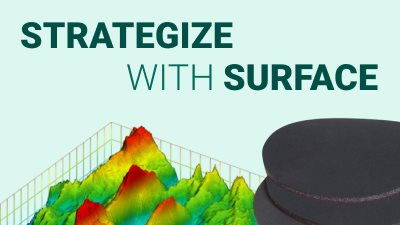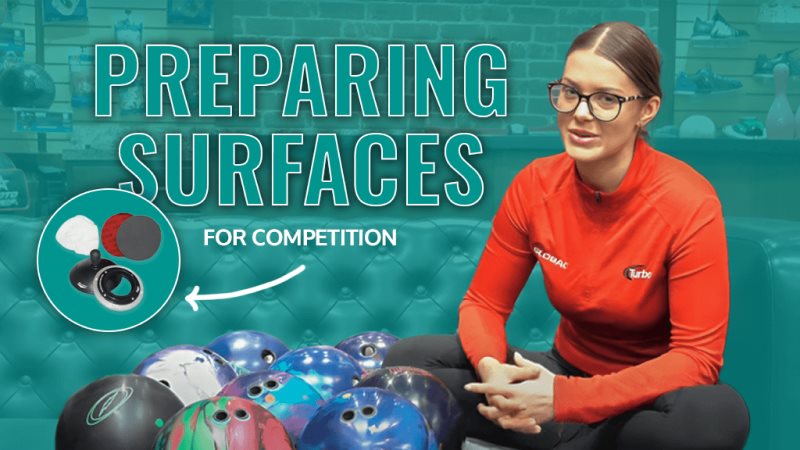TUNE THE BOWLING BALL TO MATCH YOUR STYLE
WHY SURFACE MATTERS
Imagine your bowling ball is like a car tire — how it grips the road (or in this case, the lane) depends on the surface.

When you tune the surface of a bowling ball, you’re adjusting how early or late it grips the lane. That helps you control:
– How much the ball hooks
– When it starts hooking
– How it reacts to oil
If the surface doesn’t match your style or the lane conditions, the ball might:
– Hook too early and lose power
– Slide too far and miss the pocket
– React inconsistently
Here’s a Simple Breakdown:
| Your Style | What That Means | What You Might Need |
|---|---|---|
| High ball speed | Ball may skid too far | Rougher surface to help grip earlier |
| Low revs (less spin) | Harder to create hook | Rougher surface to add traction |
| High revs | Ball can hook too much | Smoother or polished surface to delay the hook |
| Play down and in | Direct line to pocket | Smoother surface to avoid overreaction |
| Play hook | Big swing to the pocket | Smoother or polished surface for backend motion |
HOW TO CHANGE YOUR BALL SURFACE

5:51
500 GRIT
Great starting grit for building surface. It provides strong overall
traction
and is
commonly used as a first step in sanding progression.
Use cases:
– Creating surface underneath polish
– Medium-heavy oil conditions
– Players who need predictable midlane read
– Surface prep before 1000/2000/4000 polish finishes
1000 GRIT
Balances traction and length well. It’s a versatile surface that still
offers
some
bite without being too early.
Use cases:
– League house shots with moderate oil
– Players who want midlane control and some backend motion
– Surface tuning without killing backend
– Balls that are too sharp at box finish
2000 GRIT
One of the most popular and balanced surfaces. Provides moderate length
with
a
smooth transition and strong arc.
Use cases:
– Medium oil conditions
– Tournament prep for fresh patterns
– Smoothing backend overreaction
– Rev-dominant players looking to shape motion more predictably
3000 GRIT
Creates length with a smooth, readable backend. It helps balls retain
energy
and
arc
more smoothly compared to higher friction grits.
Use cases:
– Medium to dry conditions
– Smoother backend motion
– Players who want control without early hook
– Slightly dulling a polished ball without killing shape
4000 GRIT
Delivers length and strong backend motion. Often used to lightly tune
reactive
balls
for clean skid-flip shapes without full polish.
Use cases:
– Medium to light oil
– Getting balls clean through the front with strong backend
– Players who want more pop downlane without full shine
– Final surface before applying polish
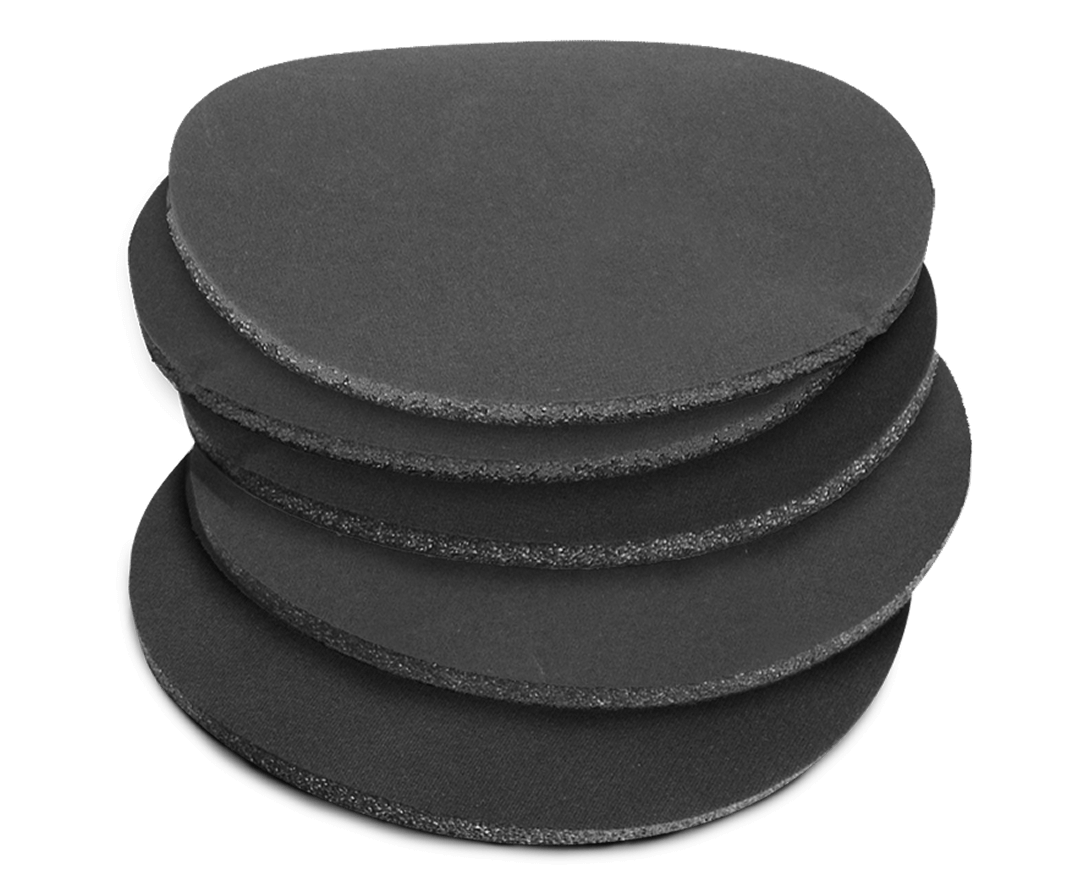
WHEN TO RESURFACE YOUR BOWLING BALL
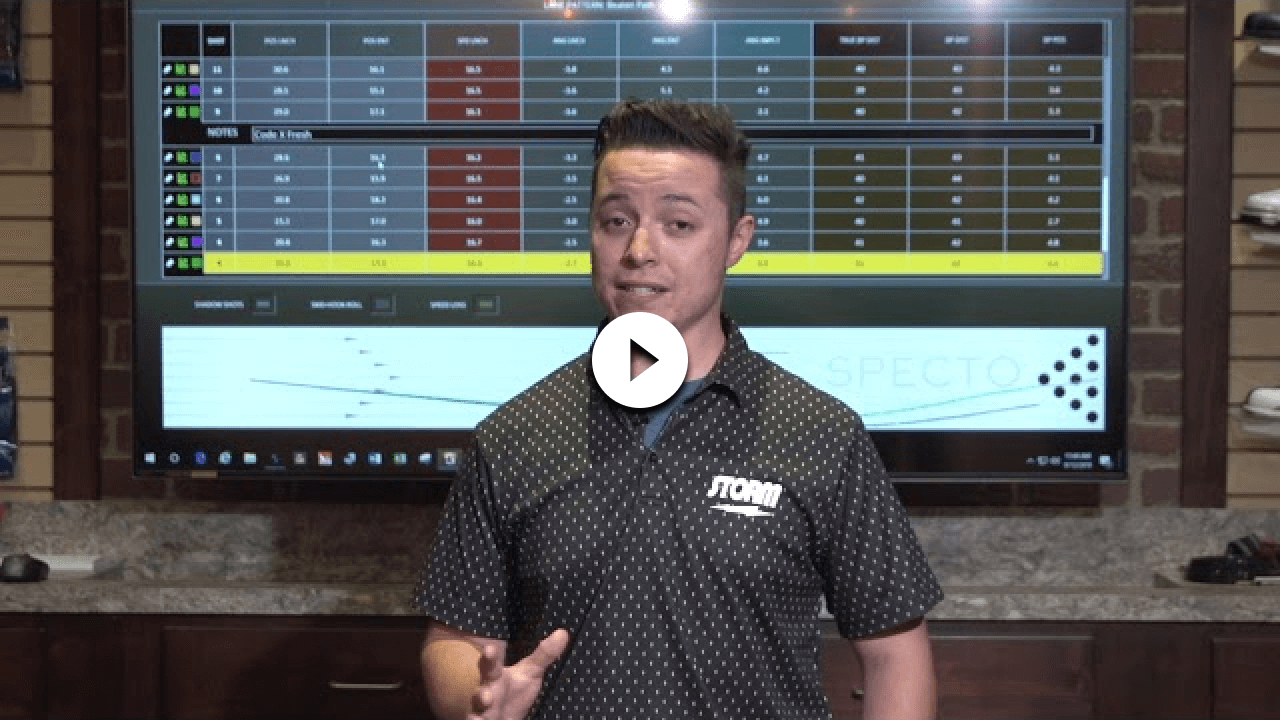
5:51
scroll and select to switch products
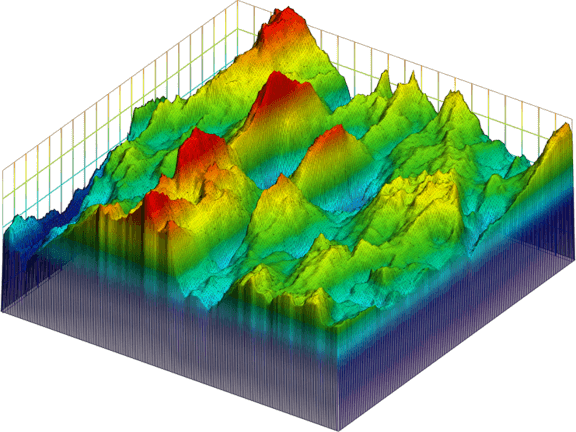
500 GRIT FINISH
1. 360 grit - Firm pressure for 30 sec.
2. 500 grit - Light pressure for 5 sec.
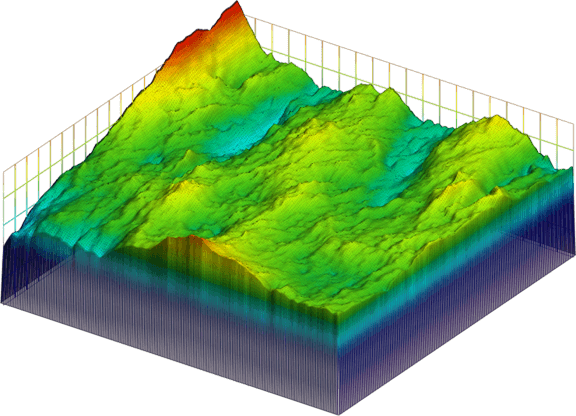
1000 GRIT FINISH
1. 500 grit - Firm pressure for 30 sec.
2. 1000 grit - Light pressure for 5 sec.
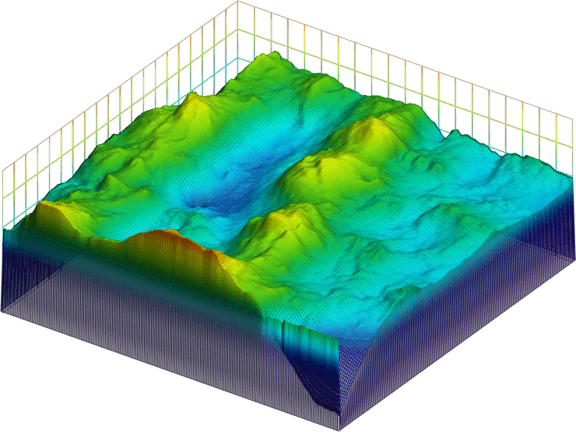
2000 GRIT FINISH
1. 500 grit - Firm pressure for 30 sec.
2. 2000 grit - Light pressure for 10 sec.

3000 GRIT FINISH
1. 500 grit - Firm pressure for 30 sec.
2. 3000 grit - Light pressure for 10 sec.
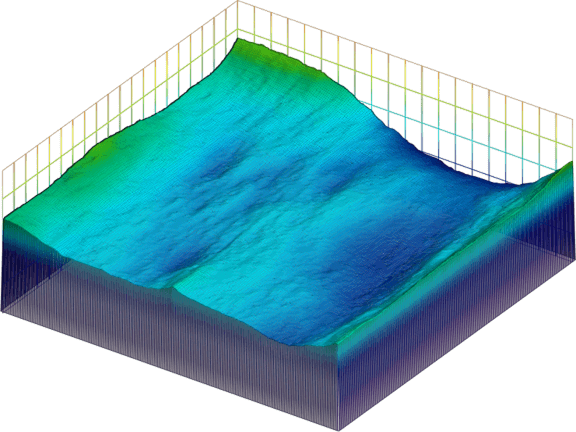
4000 GRIT FINISH
1. 500 grit - Firm pressure for 30 sec.
2. 2000 grit - Medium pressure for 10 sec.
3. 4000 grit - Light pressure for 5 sec.

POWER EDGE
1. 500 grit - Firm pressure for 30 sec.
2. 1000 grit - Light pressure for 10 sec.
3. Quarter size amount of Power Edge - High pressure for 15 sec.
4. Wipe excess polish as needed - Use water as needed.


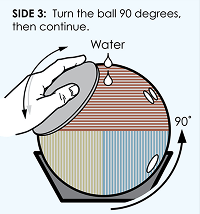






.jpeg)
